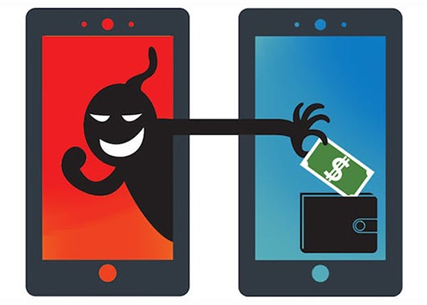Recent events have pushed more companies and organizations to transition to remote work. Although there are many benefits and challenges associated with working from home (WFH), the most common complaints about remote work are often associated with loneliness. Through simple technology, you can help connect your team and combat some of the typical WFH challenges – lack of face-to-face supervision, social isolation, lack of access to information.

Remote workers benefit from utilizing a “richer” technology, such as videoconferencing, that gives participants many of the visual cues that they would have if they were face-to-face. Videoconferencing has many advantages, especially for smaller groups: Visual cues allow for increased “mutual knowledge” about coworkers and also help reduce the sense of isolation among teams. Video is also particularly useful for complex or sensitive conversations, as it feels more personal than written or audio-only communication. There are other circumstances when quick collaboration is more important than visual detail. For these situations, provide mobile-enabled individual messaging functionality which can be used for simpler, less formal conversations, as well as time-sensitive communication.
We highly recommend Microsoft Teams for such collaboration. We’ve been using Teams at BMT for about a year now and can attest to the platforms effectiveness as our staff have moved to working remotely. In response to COVID-19, Microsoft is offering a free 6-month Teams trial. Another option is Zoom, a videoconferencing service provider that also offers a free service for a limited number of participants.






